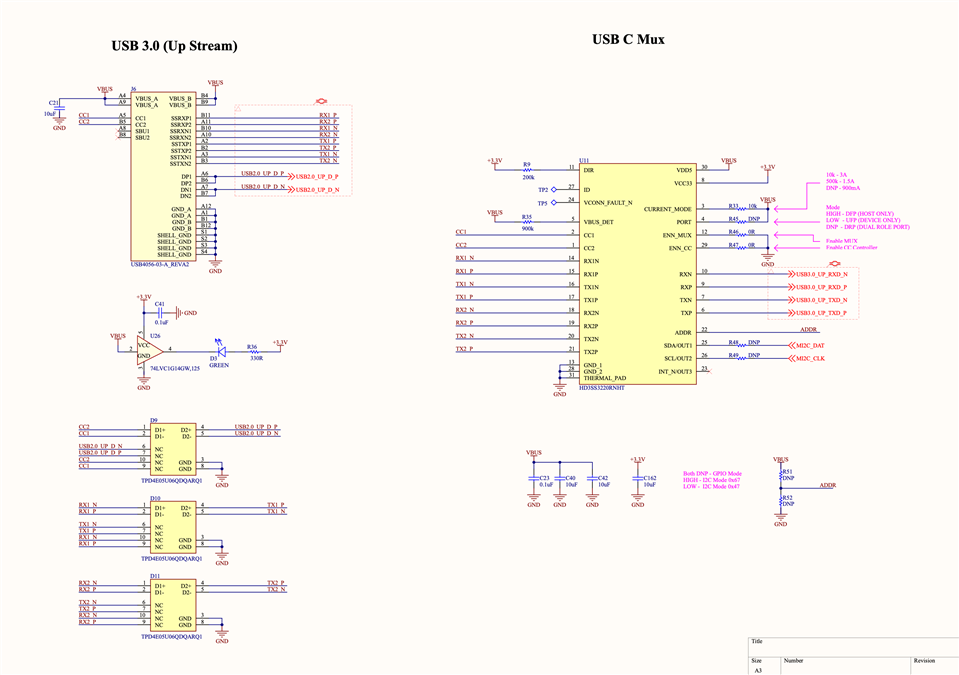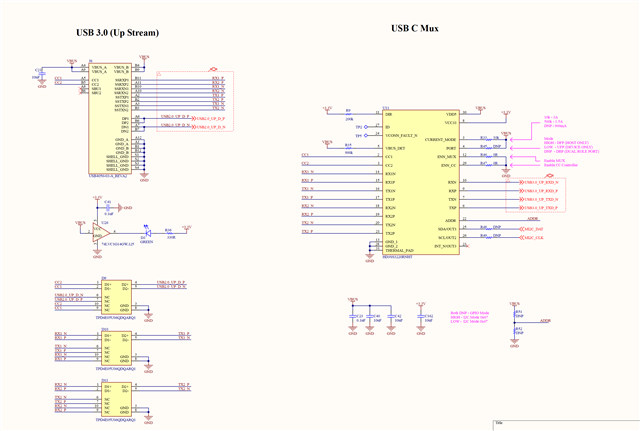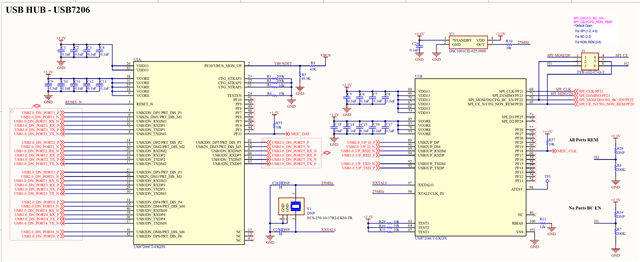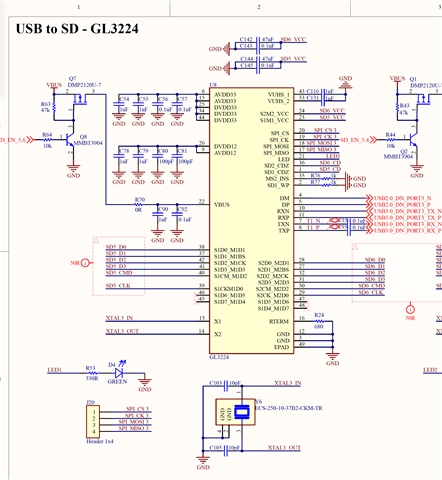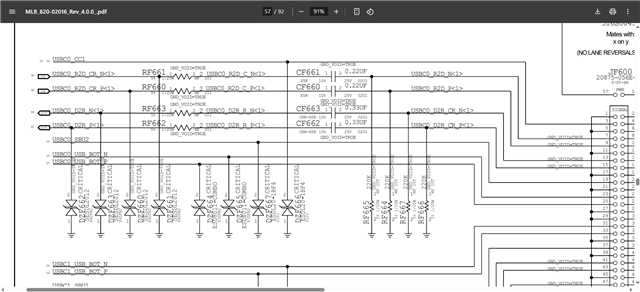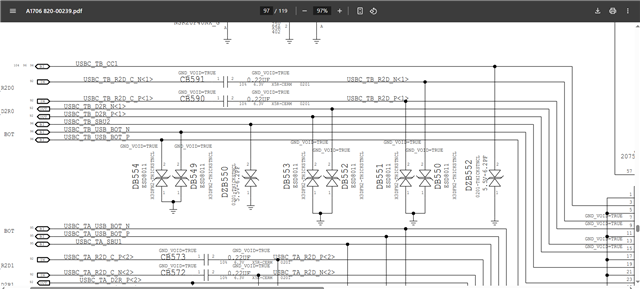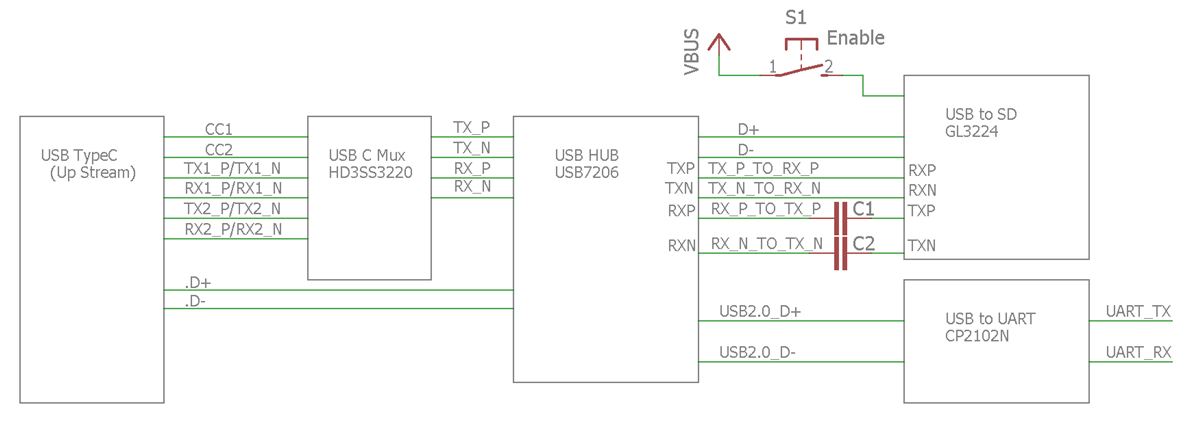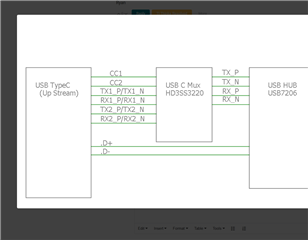Other Parts Discussed in Thread: HD3SS3212, TUSB321
Tool/software:
Hello,
we had troubles with cable orientation so we added HD3SS3220 and it resolved our issues.
After testing our product with older devices, we noticed that on our Macbook Pro 2017 our USB Hub always gets recognized as USB2.0. If we connect our first prototype without HD3SS3220 it is identified as USB3.1.
Is it possible that HD3SS3220 needs a special configuration to support older USB3 ports?
Thank you,
Kornel




